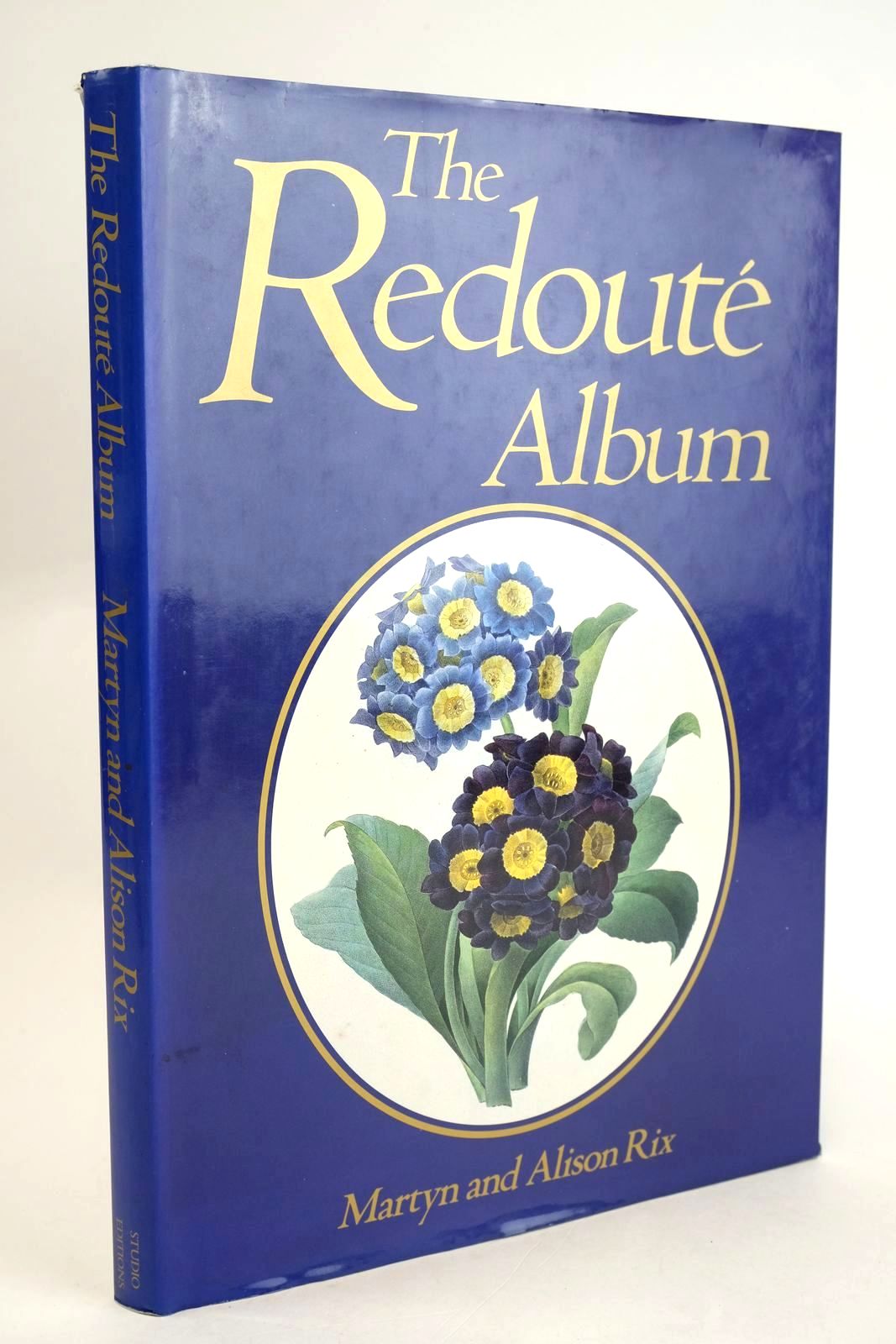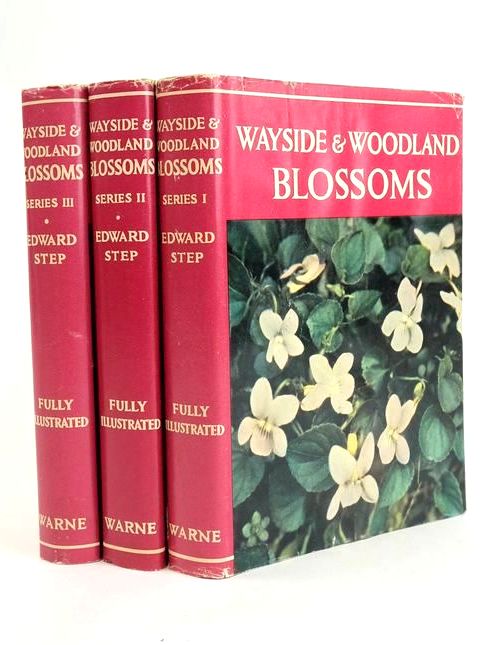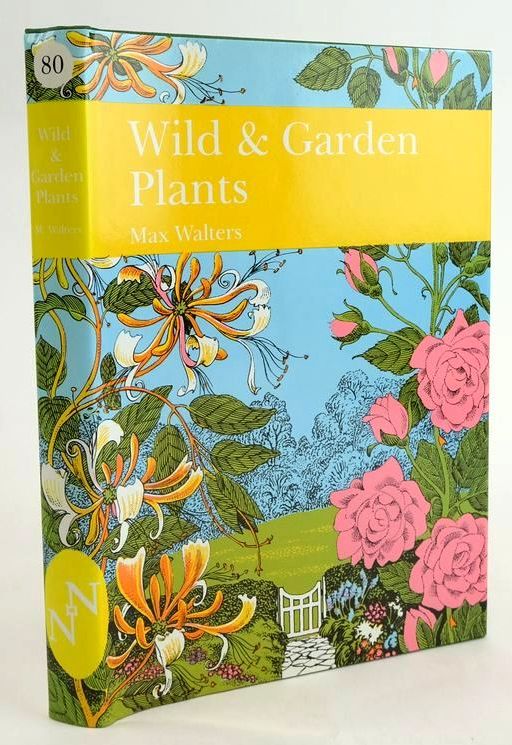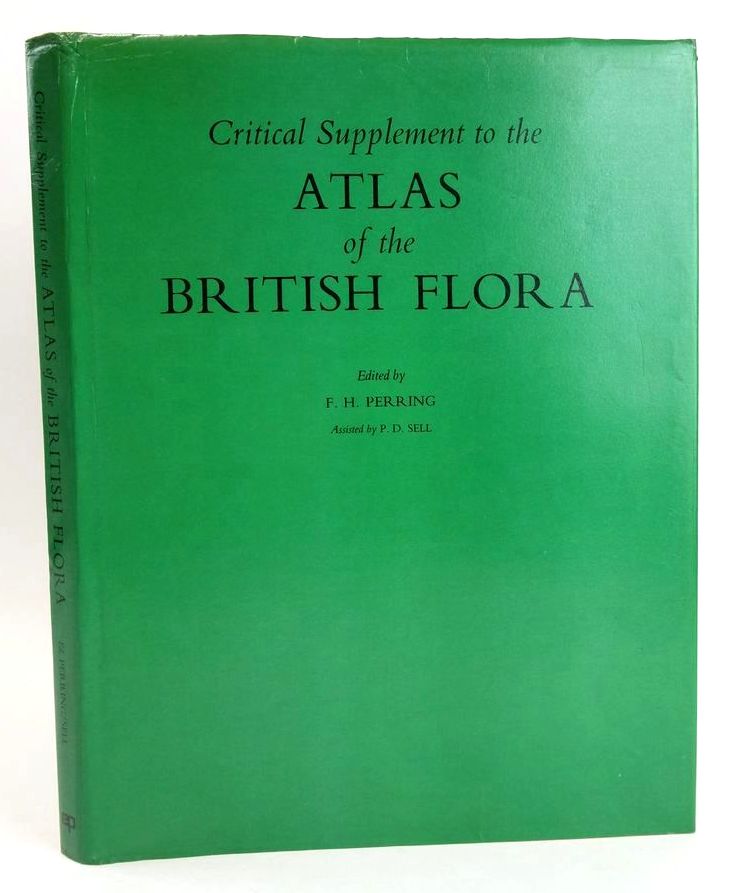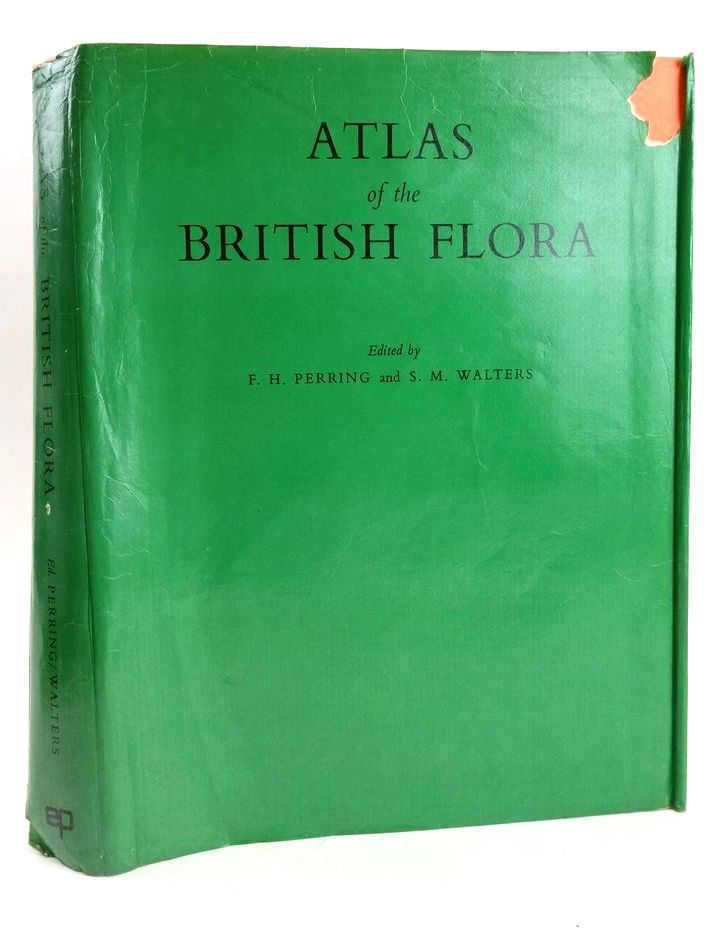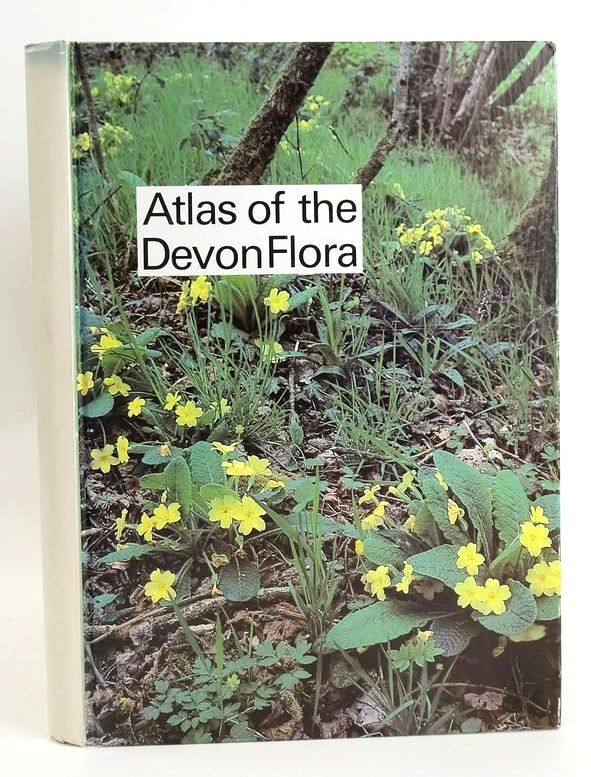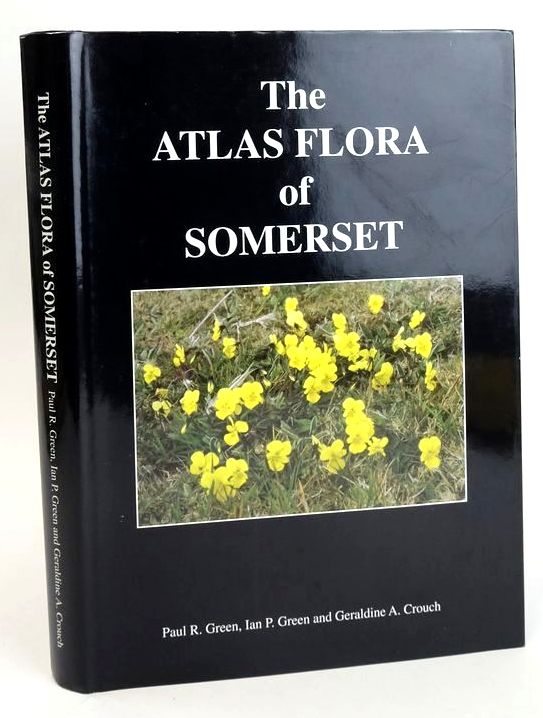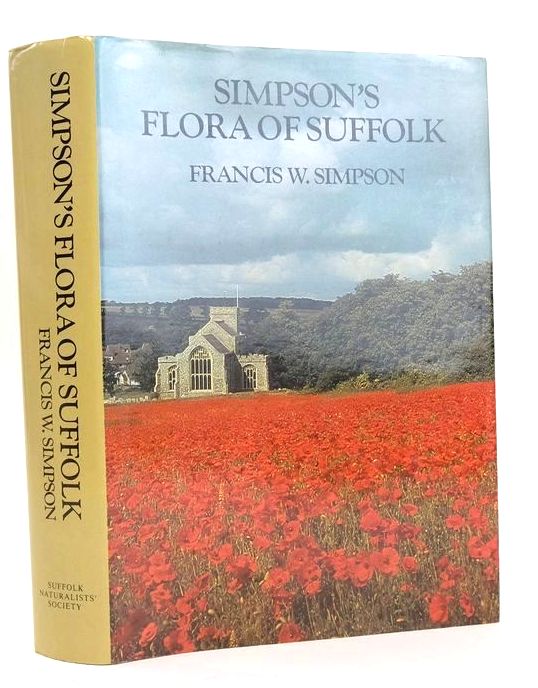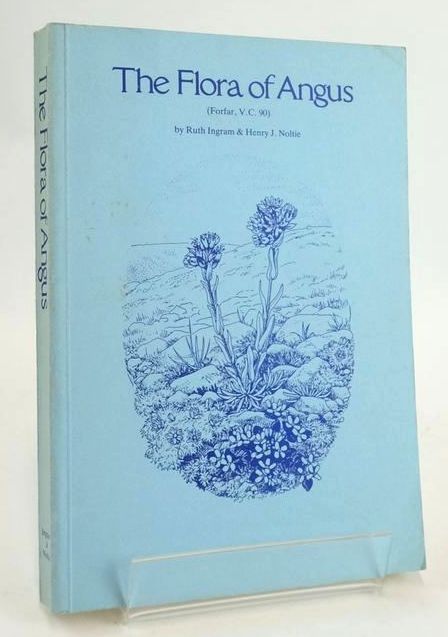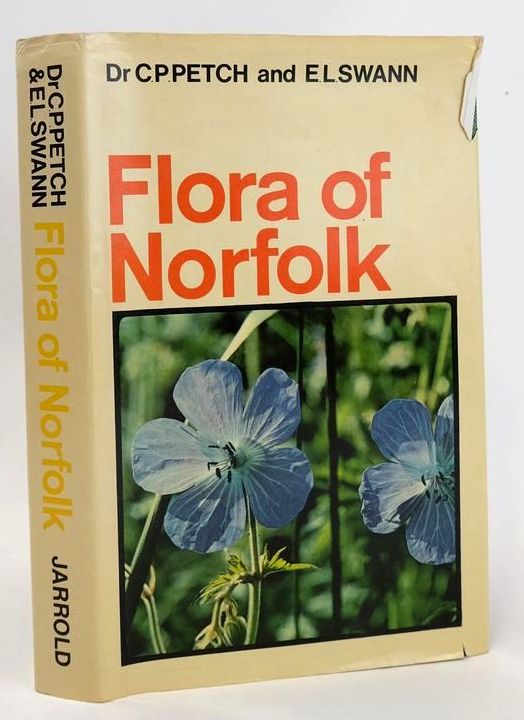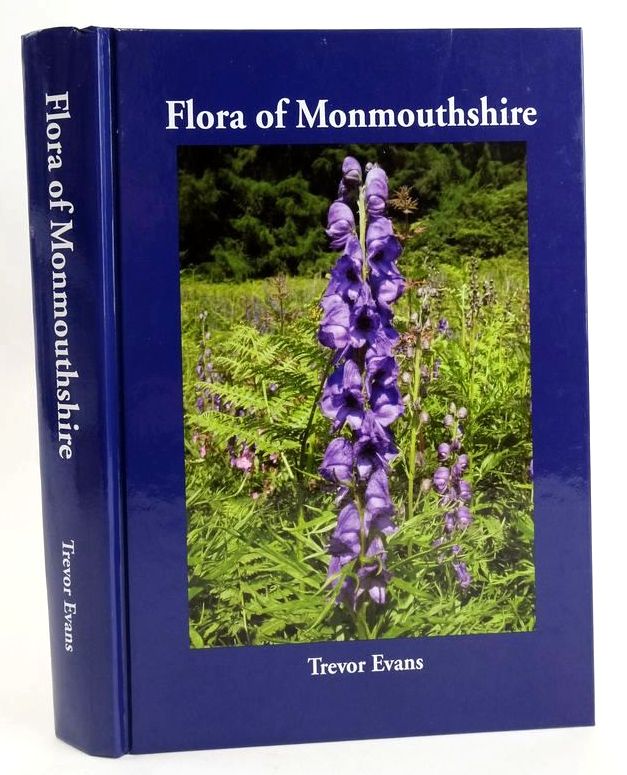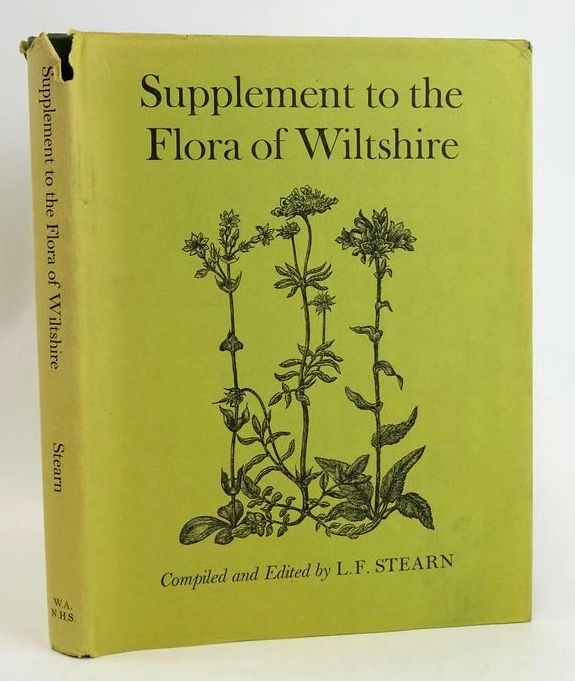Wild Flower Books
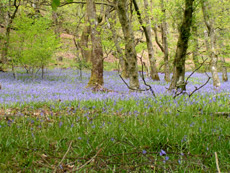 View current stock of Wild Flowers books
View current stock of Wild Flowers books
Whether you are a keen botanist or simply entranced by their natural beauty, wild flowers are a source of both interest and pleasure.
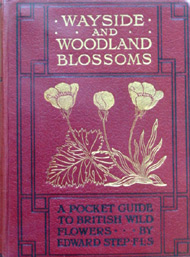 From the Snowdrop signalling the imminent arrival of Spring and its Primroses, through the showy carpets of Bluebells and Wild Garlic to the vertical splendour of the Foxglove and Willow Herbs, wild flowers mark the passing of the year.
From the Snowdrop signalling the imminent arrival of Spring and its Primroses, through the showy carpets of Bluebells and Wild Garlic to the vertical splendour of the Foxglove and Willow Herbs, wild flowers mark the passing of the year.
Left: Carpets of Bluebells gladden the heart...
First let's look at books that fulfil the need for basic identification.
Is that pink flower Herb Robert, Campion or Ragged Robin?...
One of the earlier examples is the excellent three volume set of Wayside and Woodland Blossoms by Edward Step in the Wayside and Woodland Series first published in the 1890's. Sturdy and compact with excellent colour illustrations they remain both collectable and clear.
 The Observer's series provides two examples: the earlier 1937 edition by W.J. Stokoe and the 1978 edition by Francis Rose; pocket sized, they cover the more common species.
The Observer's series provides two examples: the earlier 1937 edition by W.J. Stokoe and the 1978 edition by Francis Rose; pocket sized, they cover the more common species.
Familiar Wild Flowers by F. Edward Hulmealso has attractive colour plates but may not be quite so suitable for field use as the Step series.
In a further category are the nineteenth century books which linked flowers with a story, meaning or purpose. A good example here is the beautifully illustrated The Moral of Flowers by Mrs. Hey published in the 1840's where there is poetry and a religious tone to accompany the flower descriptions.
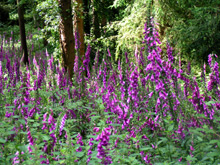 Moving away from the strictly factual representation one must include the Flower Fairy series by Cicely Mary Barker where the flowers themselves are skilfully replaced by fairies (see below left). These books remain firm favourites with collectors.
Moving away from the strictly factual representation one must include the Flower Fairy series by Cicely Mary Barker where the flowers themselves are skilfully replaced by fairies (see below left). These books remain firm favourites with collectors.
Left: Illustration from Familiar Wild Flowers by Hulme
Right: Majestic foxgloves.
Returning now to the early days of wild flower books there are the Herbals; Culpeper is the one most people can name but there many others including John Gerard and, for example, John Hill's The Family Herbal (1812). The latter with its hand-coloured plates and "Directions for gathering and preserving root, herbs flowers and seeds; The various methods of preserving these simples for present use; Receipts for making distilled waters, conserves, syrups, electuaries, juleps, draughts etc. With necessary cautions in giving them."
A little more specialised are the " County Flora" listing all the species that have been and are found in a particular locality. It is fascinating to see how some species have died out but also how some species have continued to colonise their small habitat niche over more than a century.

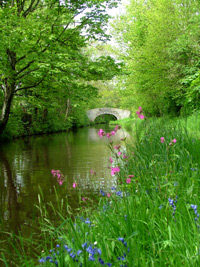
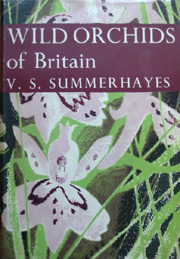
Bridging the gap between the highly technical and the general wild flower book are the titles in the serious and collectable "New Naturalist" series. Technically detailed with colour and black and white illustrations these appeal to the serious Naturalist. Titles such as Wild Flowers by John Gilmour, Mountain Flowers by John Raven and Wild Orchids by V.S. Summerhayes exemplify the high quality of these Collins publications.
Do we still encourage our children to be interested in wild flowers?
The Puffin Picture Book of Wild Flowers by Paxton Chadwick and the Ladybird series by Brian Vesey-Fitzgerald are just two examples of the wide range of children's books of wild flowers that were produced and remain informative and collectable today.
So whether it's simply for enjoyment or serious interest, reach for that Wild Flower book.
Submitted by Cliff Tomaszewski
Photographs of wild flowers taken in the area around Tintern by Cliff & Chris Tomaszewski.
(Published on 30th Oct 2014 )


